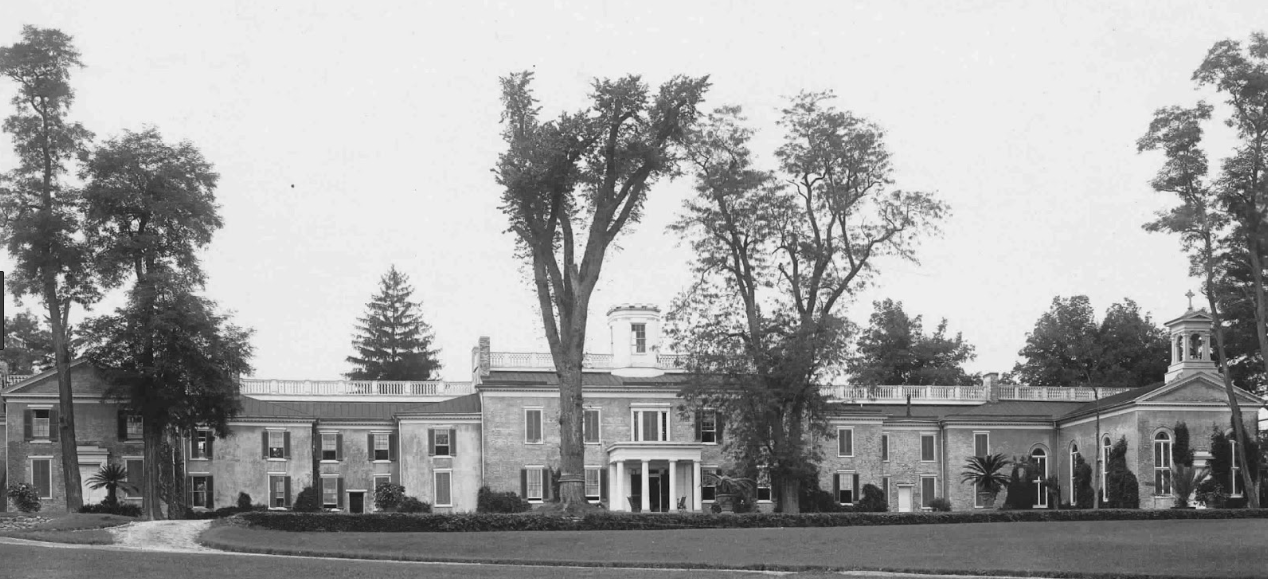The following is reprinted from the July 2001 issue of The Business Monthly newspaper that is no longer available online.
By Len Lazarick
One hundred fifty years ago this month — July 4, 1851 — Howard County gained it political “freedom” from Anne Arundel County, an event county groups have marked with a year long festival of subdued celebration.
In contemplating what the county’s economy was like back then, based on the 1850 census, it’s helpful to realize that its largely agrarian culture, more than 15% of the adult men in the 1850 census called themselves farmers, was built partially on the backs of slaves.
Nearly one out every four residents in the Howard district were slaves, 2,759 men, women, children and infants out of a total of 12,006 people, a population less than one-twentieth of today’s.
The slaves didn’t get to call themselves anything in the census. They weren’t even listed by name. Under their owner’s name, they were listed by age, sex, race (black or mulatto) and any disability. A couple were blind, a couple more, “deaf-dumb” and few, “idiotic,” then the term for retarded.
The slave owners, on the other hand, bear familiar names that have attached themselves to places all over the county. More than two dozen members of the prolific Dorsey clan owned hundreds of slaves, one of the reasons it’s a common name for black folks who grew up here. Two dozen of the equally prolific Warfields also owned hundreds of human chattel.
The list of owners reads like a local atlas: Talbot, Worthington, Hopkins, Cook and Clark, Linthicum, Gaither and Marriott, Hammond, Snowden, Ridgely, Gambrill, Owings, and Sykes. Even one George Ellicott, descendant of Quakers to whom slavery was an abomination, owned two teenage girls.
Largest Landowner, Largest Slaveholder
The longest list of slaves, 172 in all, some as old as 84, some just born, belonged to the biggest landowner here: Charles Carroll, likely the grandson of the famous Charles Carroll of Carrolton, statesman, senator, venture capitalist investor in the nation’s first railroad and canals, and when he died at age 95 in 1832, the last surviving signer of the Declaration of Independence.
“We hold these Truths to be self-evident, that all Men are created equal, that they are endowed by their Creator with certain unalienable Rights, that among these are Life, Liberty and the Pursuit of Happiness.”
Those words were most assuredly read somewhere in Howard County July Fourth in 1851, the 75th anniversary of that revolutionary document. Like Thomas Jefferson, the Virginia slaveholder who wrote them, Charles Carroll and other signers did not include blacks and mulattos in those stirring words. An Aug. 6, 1808 advertisement in a Baltimore paper has him offering a $10 reward for the return of a runaway slave. There were many such ads.
There were also ads like the one for June 1850 auction of the estate of Allen Dorsey of Poplar Springs, itemizing wagons, ploughs, furniture, china, champagne, heifers, hogs, horses and “17 VALUABLE SERVANTS,” including four farm hands and seven house servants.
Oral histories from descendants of local slaves record the heartbreak of families torn apart by such sales.
But interestingly among this population of chattel workers and their offspring, there was also a contingent almost half as large of 1,371 free blacks and mulattos in Howard County, some of them manumitted (freed) by local owners. They and their children are listed by name and, occasionally, occupation, most simply as laborers, the second largest job category in the entire population (618 strong) after farmers. Those free blacks made almost a third of Howard’s residents of African descent in 1850.
Maryland had the highest proportion of free blacks of all the southern states. “Slaveholders in Maryland considered free blacks a standing incitement to servile disorder,” writes historian Barbara Jeanne Fields. “The example of free black people kept before the slaves’ view the possibility of a world and life beyond slavery.”
But a life beyond slavery for all only become reality in 1864, when a new state constitution abolished it. (The Emancipation Proclamation only applied to those “areas still in rebellion” against the Union government; while Maryland was the only state with volunteer units on both sides of the conflict, including Confederate officers from Howard County, the state was under heavy occupation by federal troops.)
When slavery ended, the ex-slaves and their free brethren didn’t necessarily live happily ever after. It was not till the 1960s, on the eve of Columbia’s creation, that the schools here were fully integrated and the segregation in public accommodations removed. People still living can attest to those struggles.
The Howard Economy in 1850
As for the rest of the economy, there were more industrial occupations in the Howard District than in the rest of Anne Arundel County, a smaller proportion of slaves and three-quarters of all the immigrants, 1,137, nearly 10% of the population. “This can be explained by the importation of cheap labor to work in the fabric mills along the Patapsco River in Ellicott City and the exodus from Ireland due to the potato famine in the 1840s,” write the contemporary compilers of the 1850 census data.
Among the other occupations (listed for men only) were: 88 carpenters, 81 shoemakers, 82 blacksmiths, 37 millers, 24 merchants, 17 tailors, 26 clerks, 33 doctors (one for every 363 people), 22 teachers, 29 stonemasons and 17 stonecutters, and just two men who called themselves “managers.”
The price of land ranged from $2 to $15 per acre. 110 years later, The Rouse Co. would pay an average of $1,500 an acre for the 14,000 acres it assembled for Columbia. Some of that land now goes for more than $350,000 an acre.
Thanks to Phil Reitzel and the Howard County Historical Society for assisting the research for this article.




Recent Comments